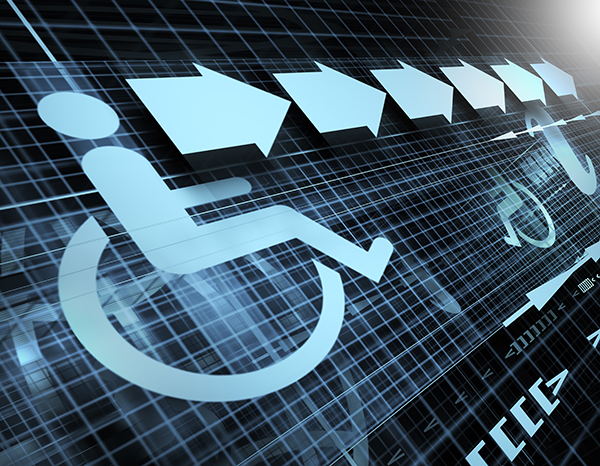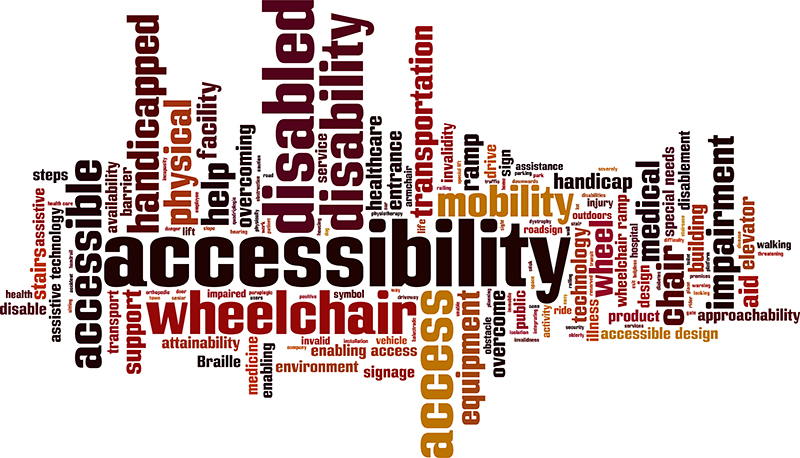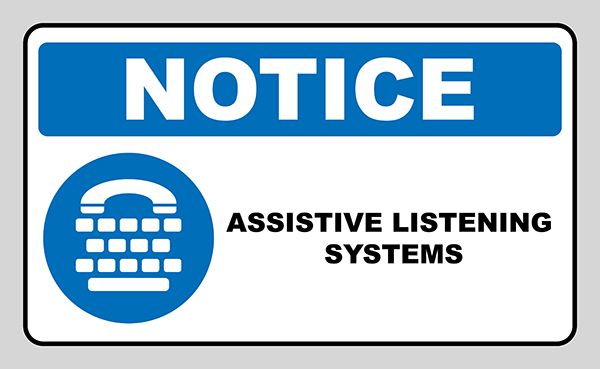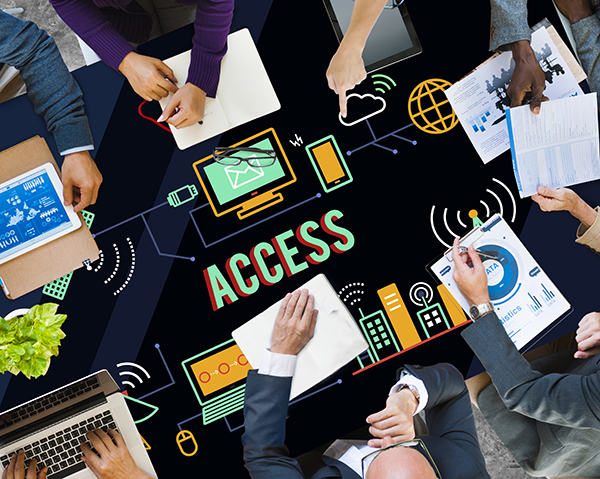
How to Implement Accessibility and Mobility Safety in the Workplace
We pride ourselves on helping and supporting our customers. A full range of JSEAsy Software Learn and Support are available on our website to help you. Each form/ window in JSEAsy from v4.5 onwards has an information icon that will take you to a corresponding help page.
With every new premium purchase, we will help you set up your Letterhead and Logo. We will also give you a guided tour and help you get up and running via a secure remote shared screen session using TeamViewer remote support.






